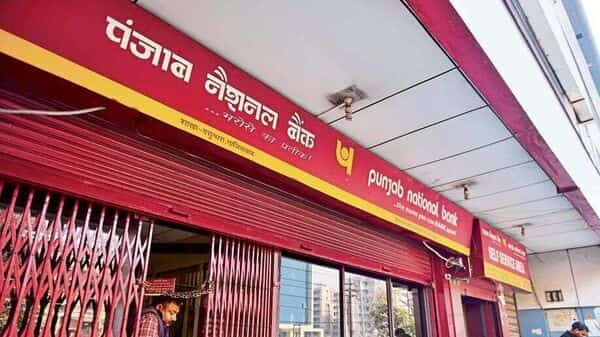[ad_1]
MUMBAI : Tempted by robust credit growth, rising asset quality and low valuations, mutual funds gorged on shares of less glamourous state-run banks such as Punjab National Bank, Indian Bank, Canara Bank and Union Bank of India in the second quarter, while reducing their holdings in ICICI Bank and Bank of Baroda, exchange data showed.
Mutual funds as a category raised holdings in public sector banks from anywhere between 9% and 30% in the September quarter compared to the June quarter. The National Stock Exchange’s PSU Bank index jumped 24% to 3,791 points in the month through 17 November, while the benchmark Bank Nifty rose 6% over the same period to 42,458.
Cheaper valuations and improved growth prospects appear to have attracted retail investors to public sector bank stocks. “There is an enhanced interest in PSU banking stocks due to cheap valuations and better results,” said Shibani Kurian, fund manager, Kotak Mahindra Asset Management Co. Ltd. “What started as a trend with high networth investors (HNIs) accumulating these stocks is now spreading to retail investors.” HNI interest in PSU bank stocks was fuelled by the late Rakesh Jhunjhunwala hiking his stake in Canara Bank to 1.96% in the March quarter from 1.59% in the preceding quarter. Retail investor interest began catching up from the second quarter of FY23, and has been growing since mid-October.

View Full Image
“With improving trends and comfort on valuation (most of the PSU banks are trading at <0.7-0.8x price to book on a one-year forward basis), many fund managers have been fairly comfortable in incrementally adding PSU banks in the portfolio,” said Gaurav Kochar, fund manager, BFSI, Mirae Asset Management. “With improved outlook on asset quality and headline credit growth remaining strong (16-17% YoY), the outlook on PSU banks have been buoyant for some time. Most of the PSU banks are reporting strong improvement in ROA/ROE in the last couple of quarters, driven by strong credit growth and margin (NIM) traction and improved credit quality resulting in substantially low credit costs.”
Indeed, outstanding bank credit hit a record ₹129 trillion in the fortnight ended 21 October, up 17.9% year on year . For a majority of these banks, the net slippages (net addition to non-performing assets) are less than 0.5% against the pre-pandemic level of 2%.
What has added to investor interest is valuation. For instance, while the current hot favourite Kotak Bank trades at a price to book of 4, PNB’s P/B currently stands at 0.5 , just above the five-year median of 0.4, data from AFco Investment Services showed. “Investors’ returns can be in impressive double digits if the P/B rises to 0.7-0.8,” said Hormuz Maloo, director, AFco Investments.
Said Ajit Kabi, banking analyst at LKP Securities, “PSBs were trading at inexpensive valuations for long. Lower growth capital and legacy NPAs were the reason for underperformance. However, the concern of asset quality and growth are way behind. The large PSBs have delivered strong growth and improvement in credit quality. Therefore, PSU banks are likely to perform well in mid-run.”
Download The Mint News App to get Daily Market Updates & Live Business News.
[ad_2]
Source link
John Miller has been writing about science, gaming, and tech culture for over a decade. He’s a top-rated reviewer with extensive experience helping people find the best deals on tech and more.



